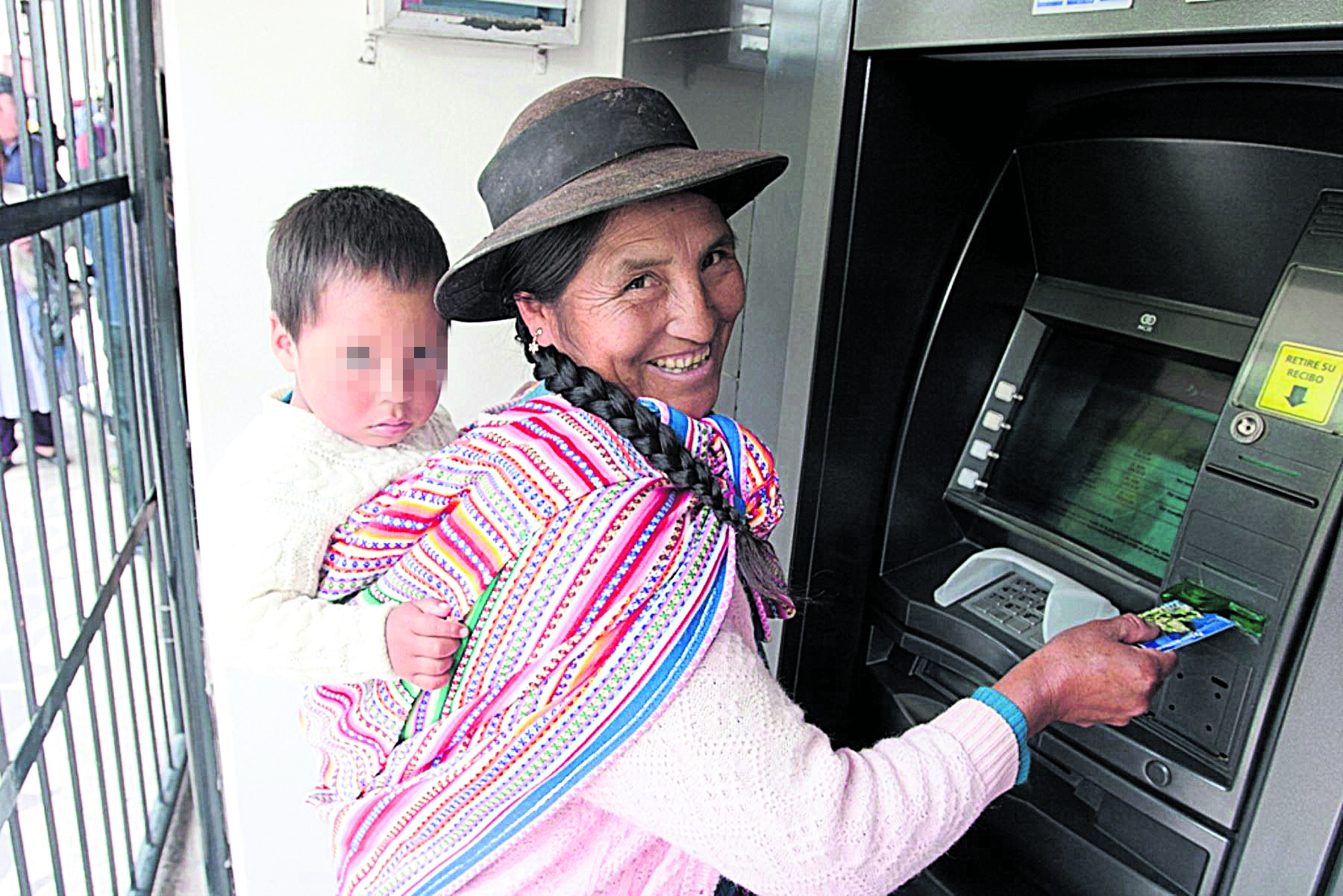
By the first quarter of 2023, 57.4% of the population over 18 years of age accessed the financial system nationwide, which represents the largest increase recorded (15.2%) in recent years when compared to similar period of time in 2019, when it reached 42.2%, reported the National Institute of Statistics and Informatics (INEI) through the Technical Report Living Conditions in Peru.
In accordance with Caroline Trivellieconomist and principal investigator of the Institute of Peruvian Studies (IEP), this is a “remarkable” progress, especially when considering that in 2011 only 21% had access, but it is still highly insufficient.
Thus, he pointed out that there are three factors that have allowed a rapid march in the country: the pandemic, which showed the importance of being able to make remote transactions; the benefits of digital media, which allow you to be connected to the financial system without having to go physically; and, finally, the expansion of agents in different areas of Peru, which give the option of carrying out basic transactions, withdrawals, payment of services, shipment of dams, among others.
Despite this, the differences between coverage in urban and rural areas remain serious: 62.1% of adults have access to the financial system in the capital, while in the provinces the figure only reaches half: 35, 6%
“The population with the least access is rural. It has to do with the low system presence, the highest poverty recorded, as well as lower levels of education and connectivity. Adults over the age of 65 are also vulnerable because innovations are complex for them,” Trivelli said.
The report also notes that 32.7% of citizens outside the capital who only have a secondary education have bank accounts; for those who have university studies, the figure rises to 65%, while in Lima this group reaches 85.2%.
most vulnerable women
The survey also shows an alarming figure: 89% of the population that does not have a bank account considers that they do not have enough income to be within the system. Meanwhile, 4.7% indicate that they distrust banks and 6.1% have other reasons.
In this sense, Trivelli indicated that women are prone to estimate that their income is low, in addition to being more adverse to using systems that generate mistrust. In the middle and upper strata, men have proportionally more access”, he referred.
stragglers
Despite the progress, for countries with income levels like Peru, we should be 10 or 15 points ahead, said the specialist.
Peru is penultimate, according to Credicorp’s 2023 Financial Inclusion Index (IFF). Thus, it is located below Panama (54.6%), Chile (52.3%), Argentina (49.0%), Ecuador (48.9%), Colombia (44.7%) and Mexico ( 41.5%).
In this regard, to improve inclusion, capacities and financial education must be increased.
In addition, the services must adapt to the needs of the people and offer mortgage loans for different types of clients. Likewise, the system should be expanded outside of Lima with the presence of correspondent ATMs, agencies, among others.
Finally, interworking between different cities in Peru must be built. “The interoperability between Yape and Plin is an advance for the system, it must be ensured that once the amounts are entered they can be moved without costs or restrictions,” Trivelli said.
keys
progress. Peru went from having 43% of adults with a bank account in 2017 to 57.4% in 2023.
Guys. 52.6% of the national population over 18 years of age have a savings account or salary account. 3.4% have a fixed-term or current account.
Data. In rural areas, 91.3% of people who are not in the system consider that they do not have sufficient resources.
Source: Larepublica
Alia is a professional author and journalist, working at 247 news agency. She writes on various topics from economy news to general interest pieces, providing readers with relevant and informative content. With years of experience, she brings a unique perspective and in-depth analysis to her work.












